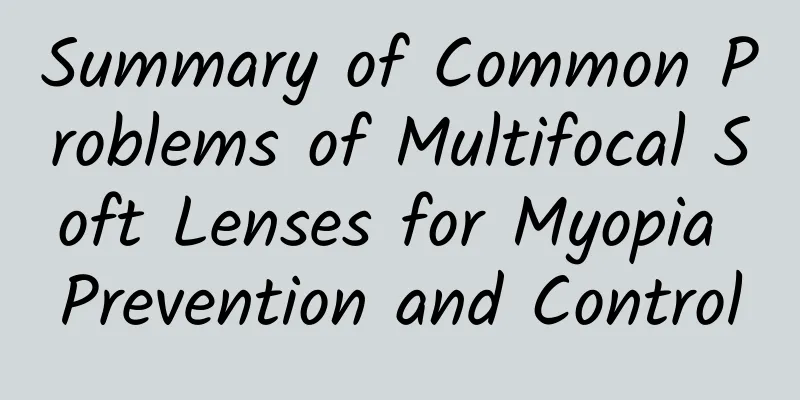Areola pain is caused by these reasons

|
Areola pain is the most common problem encountered during breastfeeding. Nowadays, breastfeeding mothers are always afraid of trouble, so they feed their children directly with the nipples. This will cause the areola to be held in the baby's mouth for a long time and rubbed, causing skin damage and making the skin very sensitive. In severe cases, it may also become deformed due to pulling and biting. Therefore, areola pain is caused by this reason. As long as everyone takes good care of it in daily life, it will be fine. Breast engorgement may also cause nipple pain The breasts may become too full at this point, making it difficult for your baby to latch on, and even if he does, his latch may be very shallow. If the problem is the way your baby is latching on, you'll probably see a noticeable change in the shape of the nipple after he spits it out -- it may look wrinkled, have a white mark, or be flat on one side. Nipple blistering, mastitis, tongue tie, and thrush can all cause nipple pain. Less common causes of nipple pain include skin conditions like eczema. Unlike latch problems, these unpleasant skin conditions can cause nipple pain even if your nipples don't become misshapen or flattened when they come out of your baby's mouth. If your nipples are deformed, you can try to let your baby correct this problem by breastfeeding in a semi-recumbent position. Perhaps you could spend a day or half a day in bed, allowing your baby to practice latching in a relaxed state. If your nipples are still deformed, look for a tongue tie underneath your baby's tongue. Here are some tips to relieve nipple pain. Try hand expressing a little milk after a feeding and letting it dry on your nipple. The anti-inflammatory and antibacterial properties of your breast milk can heal not only nipple wounds, but also skin and even eye infections. Pure lanolin is to your nipples what lip balm is to your lips. It helps keep the cells themselves moisturized and intact. A healthy nipple does not need to be oiled, but if your nipples are chapped or slightly damaged, a thin layer of pure lanolin can keep the newly formed cells moisturized, lubricate the damaged area, and heal the cracks as soon as possible. This nourishing method of wound healing is quite effective, but it requires that you first address the cause of the pain. Like any skin wound, a wound on the nipple is a potential entry point for bacteria and needs to be kept clean. Healthy nipples do not need to be cleaned at all. But it's reasonable to wash damaged nipples several times a day with mild soap and water. The hydrogel pads are specially designed for nipples. They feel cool and comfortable when applied to the nipples and will not stick to the wounds. They can maintain the moisture balance of the nipples while protecting them from impact or kicking by the baby. Over-the-counter antibiotic creams adhere better than creams and are less irritating while protecting your breasts from infection. If you use it two or three times a day after feedings, applying an imperceptible amount each time, it will have been absorbed by the time your baby feeds again and there will be no need to wash it off. One way to keep the ointment moist on the nipples and promote wound healing is to cover the nipples with a protective film after applying the ointment. The hard plastic dome of nipple shields was originally designed to help flat or inverted nipples stand out, but this function has now been replaced by newer suction devices. If your nipples are very sore, these domes can act as armor, but they also tend to trap moisture from the outside, slowing healing. Even if you like using nipple shields, avoid wearing them at night as they can slip out of their place and cause further damage to your nipples. Nipple shields should be cleaned and dried regularly to ensure that they do not breed bacteria. You can use them while feeding to prevent your baby from kicking your sore nipples, but to speed healing, avoid wearing them if possible. |
<<: Areola reduction surgery is only suitable for these groups
>>: What causes itchy nipples and areolas?
Recommend
What should I do if the mother is expressing milk?
It is very easy for women to squeeze milk during ...
Argus Insights: Study finds consumer interest in wearables declining
Now, the wearable market has not fully taken off,...
What kind of nutritious food should pregnant women eat?
It is such a happy thing for a family to have a c...
How to treat uterine prolapse?
Uterine prolapse is a disease that occurs in many...
Will taking folic acid turn leucorrhea yellow?
Folic acid tablets can enhance immunity and preve...
What methods can effectively treat dysmenorrhea?
Dysmenorrhea is an experience that many female fr...
What should I do if my milk supply is low and my mammary glands are blocked?
After giving birth, a woman's mammary glands ...
"Health from eating" series | What to do if you have a sore throat? Four things to do and two things to avoid when protecting your throat in autumn and winter
With the arrival of autumn and winter, the number...
What are the dangers of follicle puncture?
Follicle puncture is a commonly used technique in...
What are the side effects of long-term oral contraceptives?
Many people take some contraceptive drugs when th...
Will the secretion increase during ovulation?
The structure of the female body is very special....
Is Mapo Tofu the same as Spicy Tofu? What is the difference between Mapo Tofu and Spicy Tofu?
We all know that tofu is a common soy product in ...
What anti-inflammatory drugs are used for vulvar inflammation
In daily life, gynecological inflammation caused ...
When will menstruation resume after induced abortion?
Some women may have to undergo induced abortion d...









